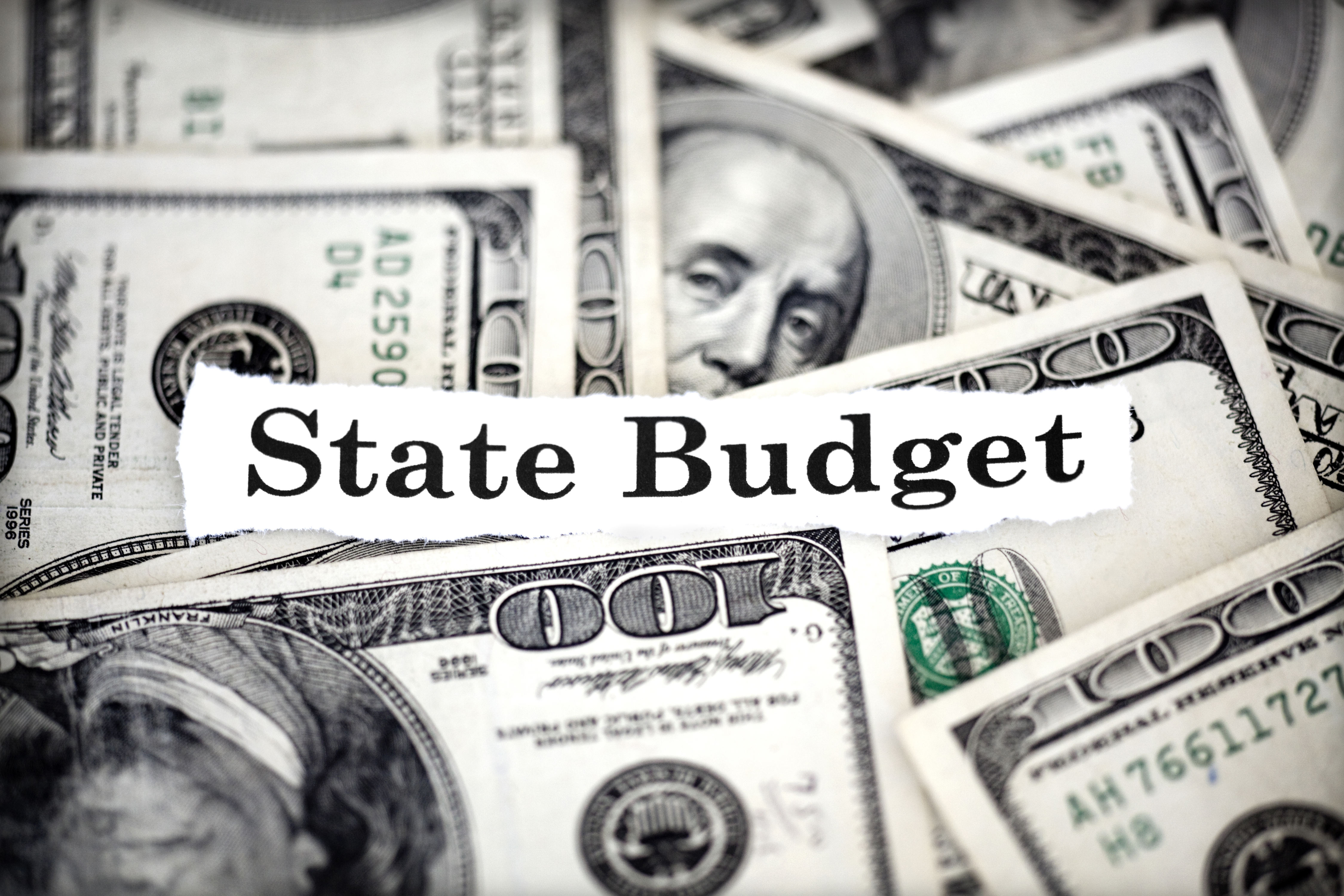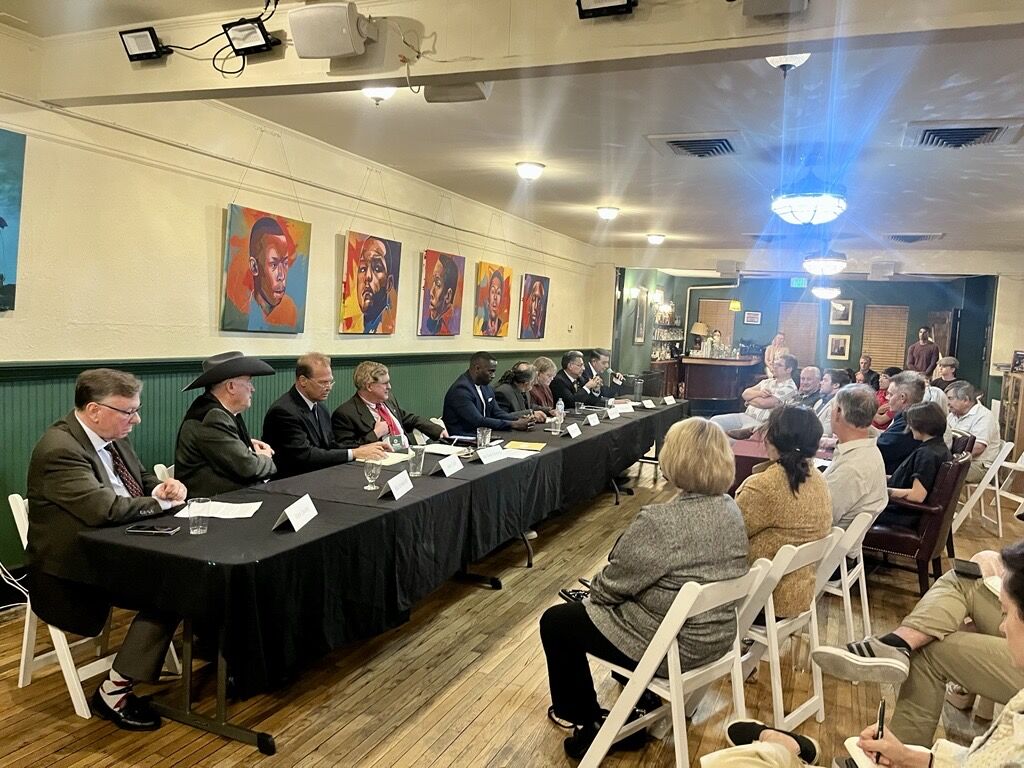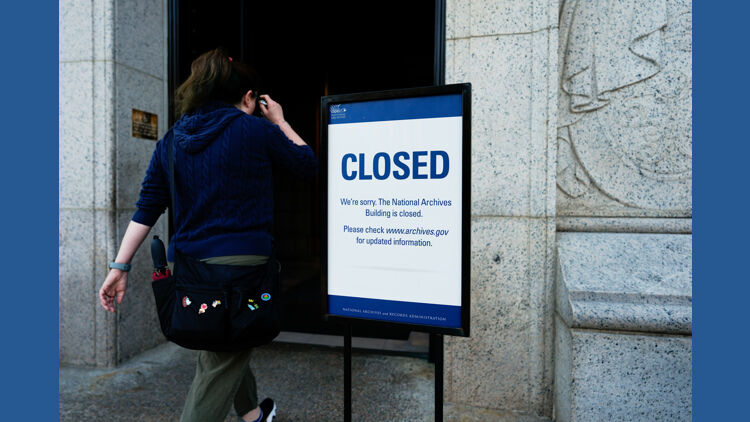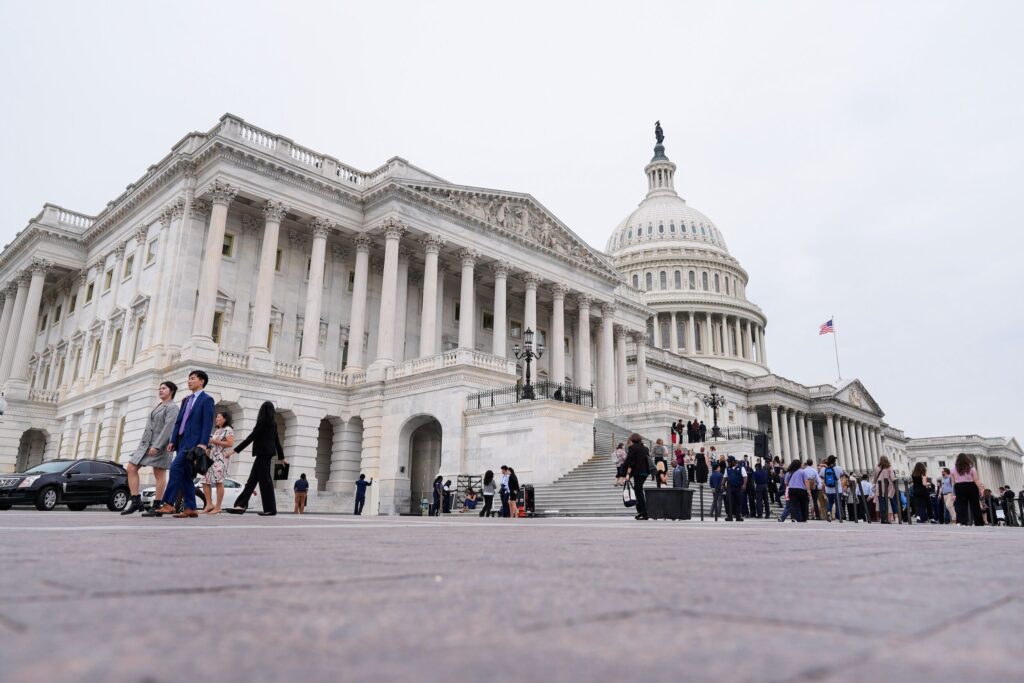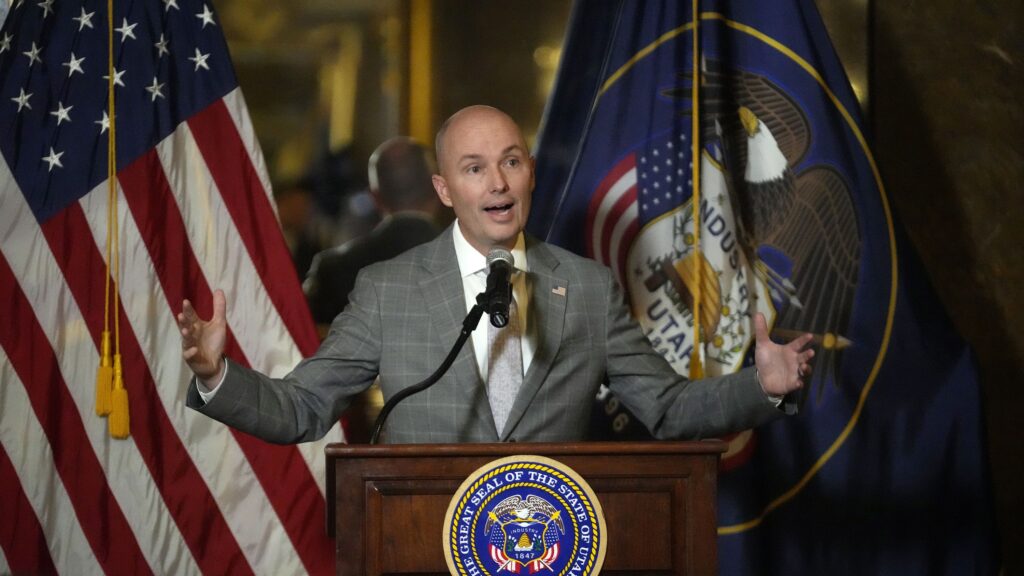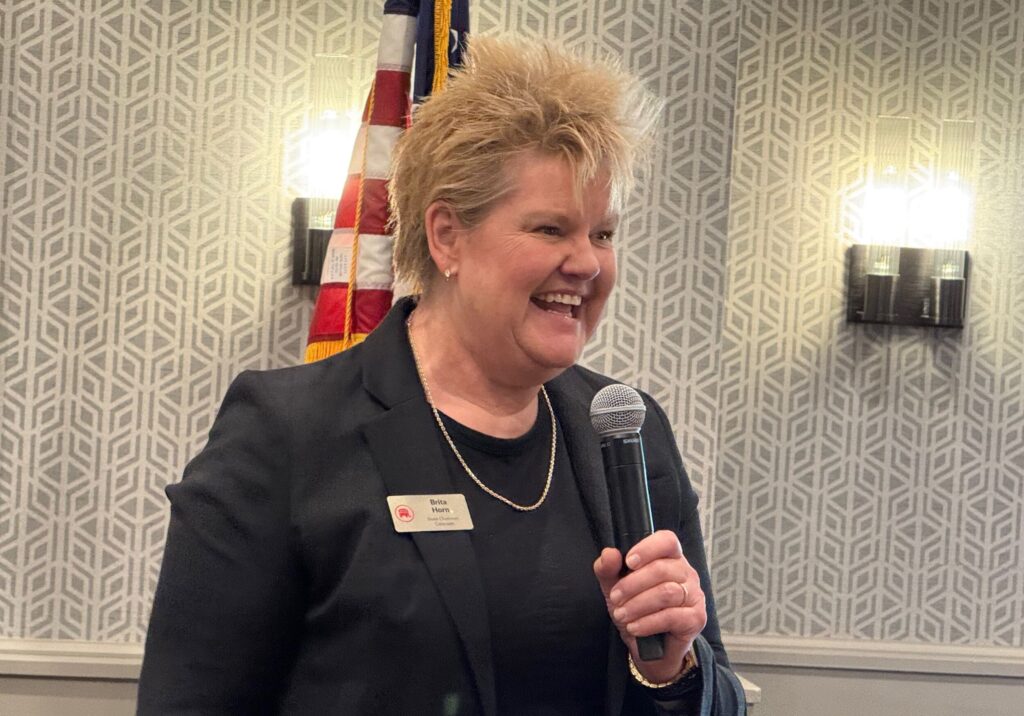As Colorado’s economy enters ‘restrained’ period, some lawmakers favor ‘cautious’ spending

The general fund revenue for Colorado’s state government is expected to take a small dip for the current 2023-24 fiscal year, and that means lawmakers will not have quite as much to spend when they start crafting the 2024-25 budget, according to a new revenue forecast from economists.
The forecast from the Legislative Council staff is crucial, as it provides lawmakers with the preliminary numbers they’ll need as they consider the 2024-25 budget.
And, already, some lawmakers warned that Colorado’s economy is entering a more restrained fiscal period that would “cautious, responsible budgeting.” Still, some of the economic indicators remain bright for Colorado, notably its low unemployment rate.
The forecast from Legislative Council economists estimates that general fund revenue – that’s the portion of the state budget that lawmakers can spend on most existing programs and tap for new ones – will grow by 6% for fiscal year 2024-25, reaching $18.58 billion.
This means lawmakers should have about $1.15 billion to spend or save over and above what they allocated in the 2023-24 budget. But that doesn’t account for inflation, caseload growth or other budgetary pressures, the economists noted.
Consider this: In order to pay for Gov. Jared Polis’ budget proposal, which he submitted on Nov. 1, budget writers would have to take money away from the state’s general fund reserve, a sort of rainy day fund. That, in turn, would mean the state reserve would fall below the statutory requirement of 15% – about $84 million short where it must be.
Economist Emily Dohrman told members of the Joint Budget Committee Wednesday that the state’s economic growth is slowing because of high interest rates, and while wage growth has exceeded inflation for the past year, at 6.5%, it is slowing.
Inflation, one of the bigger concerns for budget analysts, is higher in Colorado, at 4.5%, than in the rest of the nation, where the average is 3.1%. The big driver remains to be high housing costs, which increased by 5.2% in the past year, Dohrman noted, adding that is much higher than the typical rate of housing inflation before the pandemic, which stood at about 2.7%.
And despite healthy wage growth, Coloradans aren’t saving money like they did during the pandemic, an indication that households may be overextending in their spending, Dohrman said.
The bright light in the forecast is strong economic growth – 2.5% in 2023 and 2.2% projected for 2024. In addition, unemployment, while ticking upward, remains below the national average, at 3.3%.
That prompted congratulatory comments from both the governor and Democratic lawmakers.
“Colorado continues to have one of the strongest economies in the country as well as one of the lowest unemployment rates,” Polis said. “We want to build on our economic strength by continuing to create more housing that Coloradans can afford, strengthening our workforce through expanded training and education opportunities, and saving people money.”
Noting Colorado’s projected economic growth and low unemployment rate, Rep. Shannon Bird, D-Westminster, who chairs the Joint Budget Committee, said, “I’m excited to craft a balanced budget that sustains our economic growth, boosts middle class families, and invests in the critical services Coloradans need.”
Sen. Rachel Zenzinger, the Joint Budget Vice-Chair from D-Arvada, was a little more bearish about the future.
“While Colorado’s economy continues growing at a steady pace, we are entering a more normal – and restrained – fiscal period, which will require cautious, responsible budgeting to ensure we meet our priorities,” she said Wednesday. “As we prepare next year’s budget, we remain committed to maintaining this growth while delivering the critical services families and communities rely on. We’re looking forward to putting forth a responsible budget that fully funds our schools, supports working families, and meets the needs of our growing state.”
Economist said the downsides to the forecast include persistent inflation and more restrictive monetary policy, although Dohrman noted the Federal Reserve could produce two to four interest rate cuts in late 2024.
She added that the nation has yet to see the full impact of the last interest rate hikes on the economy. On the flip side, quicker resolution to inflationary pressures, including from the Federal Reserve, could make for a rosier economy forecast, she said.
$3.68 billion in Taxpayer’s Bill of Rights refunds
The TABOR revenues above the Referendum C cap – which determines the amount lawmakers have to spend on the state budget, plus an adjustment for inflation – will stand at $3.68 billion. That amount will be refunded to taxpayers in 2024 tax filings.
That includes the $800 per taxpayer and $1,600 for joint filers that lawmakers approved in the recent legislative special session. The $3.68 billion also includes higher earned income tax credits and property tax relief, also a result the special session.
Chief Economist Greg Sobetski warned people not to expect checks for that $800 – unlike the TABOR refund paid out just before the 2022 election – as those refunds will be applied to income tax returns in 2024. ?)
Risks to the state budget include an anticipated slowdown in consumer activity, which will affect general fund revenue. Pressures on spending at the state level are also expected to increase, economists said.
“But for a recession,” economists said, the state budget would be constrained by the Ref C cap, and cash fund revenue would also impose budget pressures.
K-12 spending
The Joint Budget Committee also got its first look at one of the biggest cost drivers in the state budget: K-12 enrollment.
Public schools are expected to continue to lose enrollment, a decline of more than 4,000 full-time equivalent students, down to 831,126 or about 0.6% fewer than in 2023-24.
That’s moderated by growth in online education and charter schools, the enrollment numbers showed.
The overall decline in brick-and-mortar schools is expected to be just shy of 6,000 full-time equivalent students.
That’s also likely to continue into the 2025-26 year, the enrollment forecast showed.
The forecast from the governor’s Office of State Planning and Budgeting was relatively close to what legislative analysts produced.
Notably different, however, is that OSPB projects the state will be able to maintain its 15% general fund reserve, plus a little available above it, about $36.8 million. That’s almost a $120 million difference between the two forecasts.
OSPB said its forecast accounts for the governor’s budget submission but doesn’t figure in budget amendments or supplemental requests that are due next month.
The governor’s economists said general fund revenue in this forecast came in stronger – about $247.3 million more than in September, the result of stronger than anticipated corporate income revenue and slightly higher individual incomes, sales, insurance and interest income.
But the governor’s analysts believe general fund revenue is headed in the opposite direction for 2024-25, due to lower individual income tax revenue.
Cash funds – which largely come from fees for government services; college tuition is the largest source of those funds – are expected to decline slightly in 2023-24 but rebound in the next year.
On the housing and rental market, economists said homeowners who bought when interest rates were lower are not motivated to sell right now, and that’s making it difficult for home buyers to find supplies.
“New builds alone are not enough to keep up with existing demand,” the analysts said.
And they don’t see that situation resolving anytime soon, either.
